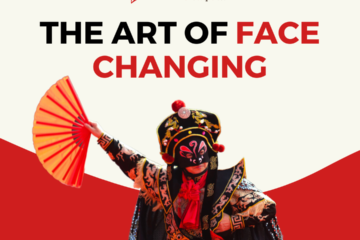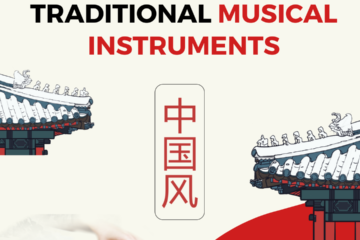Author: Ge Ge Hu
In 1974, in Xi’an in central China, a group of farmers left their homes in an attempt to dig a well. During the process, they came across a life-sized human head made of clay. What they found was the first one of more than eight thousand terracotta figures from the Qin dynasty composing the Terracotta Army.
The Army was fashioned more than 2,000 years ago to protect the First Emperor of China, Qin Shi Huang (259-210 BC), in the afterlife. Being the first Emperor to achieve the unification of political, economic, and cultural China, he was subject to the resentment of the enemies he made and of the souls of the lives he took.
After surviving three assassination attempts, the growing fear of death and the obsession for immortality made the Emperor seek the “elixir of life”. According to alchemists and the court physicians, this elixir was mercury, but little did he know that that substance would have been the very cause of his death.
The vast pottery army stood in battle formation while facing East, towards the regions the Emperor conquered. It included infantry, war chariots, horses, as well as high commanders with their weapons. However, in nearby chambers, figures of musicians, acrobats, workers, and government officials, and various exotic animals suggest that the Emperor had more plans for the afterlife than waging wars.
The soldier’s height ranges from 1.80 to 2 meters, each has unique facial features, while the details on the clothing reveal the different ranks. The original bright and realistic paint, of both natural and chemical derivation, soon faded under air exposure.
The chamber of the Terracotta Warriors is close to another bigger chamber hidden beneath a hill: the actual Tomb of Qin Shi Huang. This one, however, has not been excavated yet to avoid damaging artefacts, including jewels and precious stones. According to previous analysis and historical records, it is also highly probable that rivers of mercury flow in that part of the mausoleum, which makes the task extremely dangerous.


